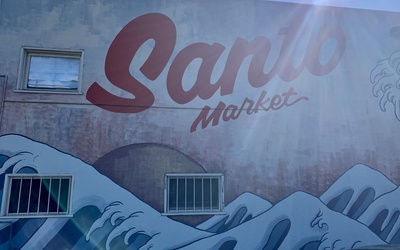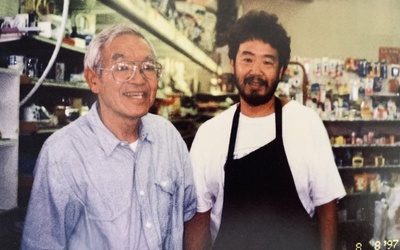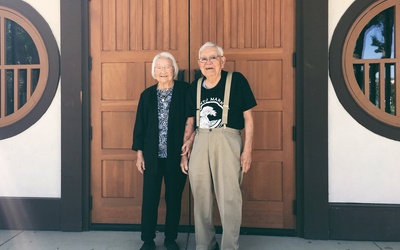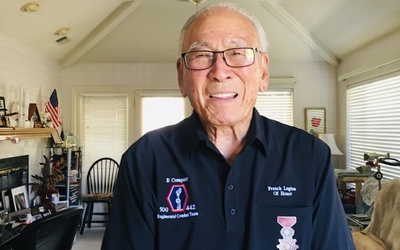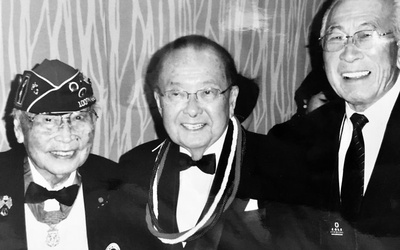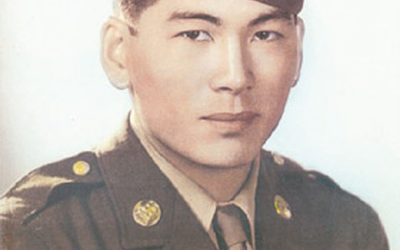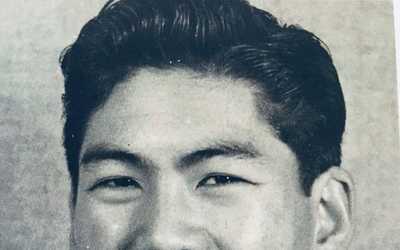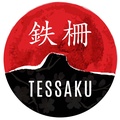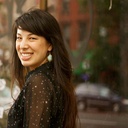
Emiko Tsuchida
@emikotsuchidaEmiko Tsuchida is freelance writer and digital marketer living in San Francisco. She has written on the representations of mixed race Asian American women and conducted interviews with some of the top Asian American women chefs. Her work has appeared in the Village Voice, the Center for Asian American Media, and the forthcoming Beiging of America series. She is the creator of Tessaku, a project that collects stories from Japanese Americans who experienced the concentration camps.
Updated December 2016
Stories from This Author
Rose Tsunekawa - Part 2
Jan. 9, 2020 • Emiko Tsuchida
Read Part 1 >> Now when you started, it was 1942 by this point and the war between the U.S. and Japan was official. Did you experience any backlash being an American? No, not too much. But I had to get used to the cold. The winters were really cold. And we didn’t have that kind of jackets or overcoats. Salinas was quite foggy and cool but not like the winters in Japan. And it was hard to buy anything …
Rose Tsunekawa - Part 1
Jan. 8, 2020 • Emiko Tsuchida
“I think that Nikkeis were quite lucky in that sense, because we always worked so hard and our parents always taught us never say or do anything that is troublesome or bothers other people — have good respect for people and manners.” — Rose Tsunekawa Along California’s Central Coast in the farming town of Salinas, Rose Tsunekawa grew up as the eldest daughter of an Issei father, Yasuichi Ito, and a Kibei mother, Kikuyo Yonemoto Ito. Despite the fact that …
Santo Market Owners: Helen Santo
Dec. 9, 2019 • Emiko Tsuchida
Read an interview with Earl Santo >> Helen, could you introduce yourself with your full name, your birthday, and where you were born? Helen Hiroko Kodama, now Santo. I was born October 26th, 1935. So I must have been seven when the war broke out. And I always thought I was born in Los Angeles but someone stole our box with all our birth certificates. And all the local ones you could get one in San Jose. But I was …
Santo Market Owners: Earl Santo - Part 2
Dec. 3, 2019 • Emiko Tsuchida
Read Part 1 >> So coming back to San Jose, you resettled back here? Yes. Was the reason because your parents were already familiar with it or did they just feel like it would be better to come back? Or do you know why they chose — I think they were familiar with it and we had farm equipment that was being held by a very good family that helped us. It’s not that they didn’t use it, so they …
Santo Market Owners: Earl Santo - Part 1
Dec. 2, 2019 • Emiko Tsuchida
Any visit to the quaint neighborhood of San Jose’s Japantown often necessitates that you visit at least one of three institutions: the manju shop Shuei-Do, family favorite restaurant Gombei, and Santo Market. Serving the community since 1946, Santo Market is a haven of fresh poke, Asian produce and meats, and their legendary (and quickly sold out) strawberry mochi, where they nestle one huge, ripe strawberry in the middle of sweet red bean. Behind the store’s longstanding legacy are Earl and …
Lawson Sakai - Part 4
July 1, 2019 • Emiko Tsuchida
Read Part 3 >> You were a part of these major battles that were significant. And I think a lot of people today see those battles as suicide missions that the 442 was sent into. Do you ever look back and just wonder how you survived this? You wonder how you survived. One of my good friends from Hawai’i, from Hilo, his name was Sunei Sakamoto. He was the platoon sergeant for the 3rd platoon of E Company. He was …
Lawson Sakai - Part 3
June 24, 2019 • Emiko Tsuchida
Read Part 2 >> What are some vivid memories you have of basic training, being at Camp Shelby, and getting to know your fellow soldiers? Camp Shelby is very interesting. I was assigned to E Company, infantry. Pretty much a foreign type of thing because most of us had been pretty sheltered at home. The boys in Hawaii lived very close together, and participated in sports and school and so forth. In the mainland we weren’t that close but we …
Lawson Sakai - Part 2
June 17, 2019 • Emiko Tsuchida
Read Part 1 >> Can you describe what happened when your parents found the Colorado church and were able to avoid camp? When the evacuation order came out, Governor Ralph Carr in Colorado made a statement saying, “If Governor Warren doesn’t want you in California, you are welcome to come to my state of Colorado.” And many Japanese did. But only those who could afford to go or who weren’t afraid. Here, most of them had never left their area …
Lawson Sakai — Part 1
June 10, 2019 • Emiko Tsuchida
“We all knew, we are going to go battle. And we expect to win. But we never knew what immediate death was like until we hit the frontline on the first day.” — Lawson Sakai At a mere 21 years old in 1944, Lawson Sakai had seen and learned more about the stark realities of humanity, war, and loss than so many other people his age. After trying to enlist in the U.S. Navy in the wake of Pearl Harbor, …
Kazuki Hirose - Part 2
May 10, 2019 • Emiko Tsuchida
Read Part 1 >> So you’re in camp and there for a couple of years, and then the loyalty questionnaire is put forth to everybody. What do you remember about getting that questionnaire and seeing those two questions, 27 and 28? Can you talk about what you did? They didn’t tell us about doing away with our citizenship or nothing. But they didn’t warn us. I don’t think there was any warning or nothing. But they had a big cafeteria …



